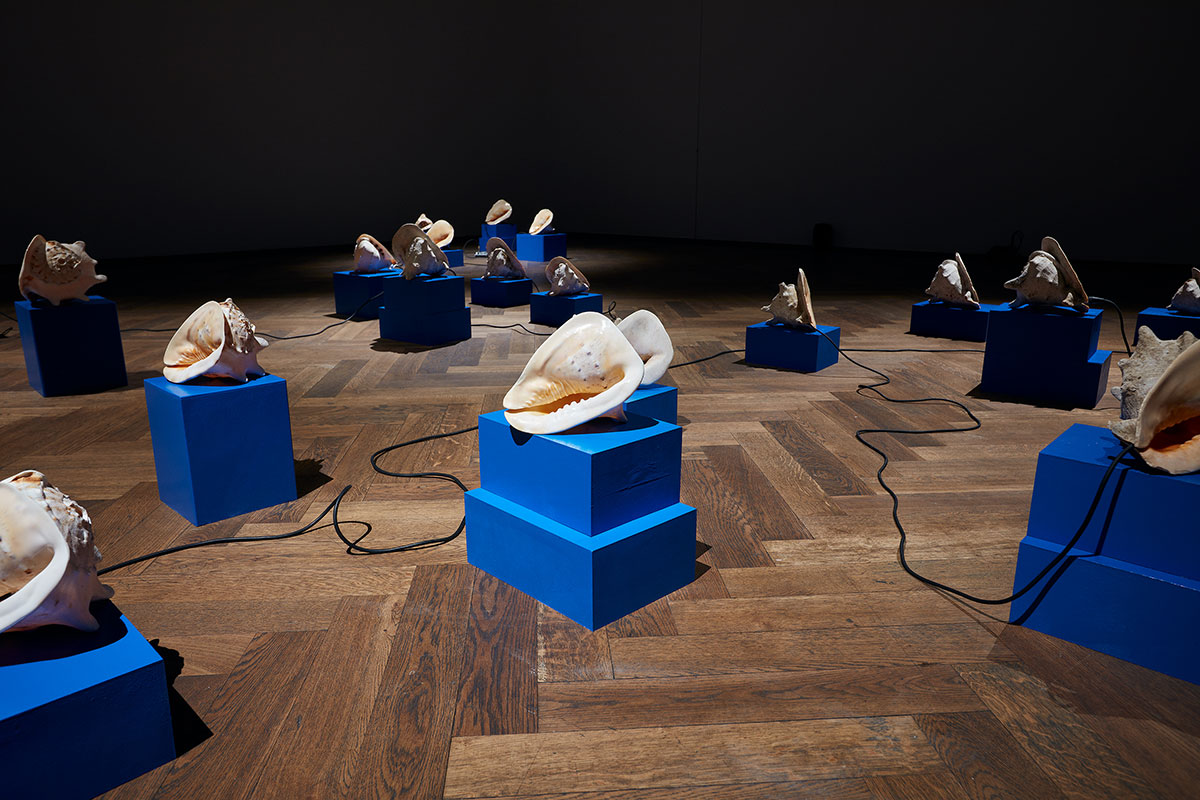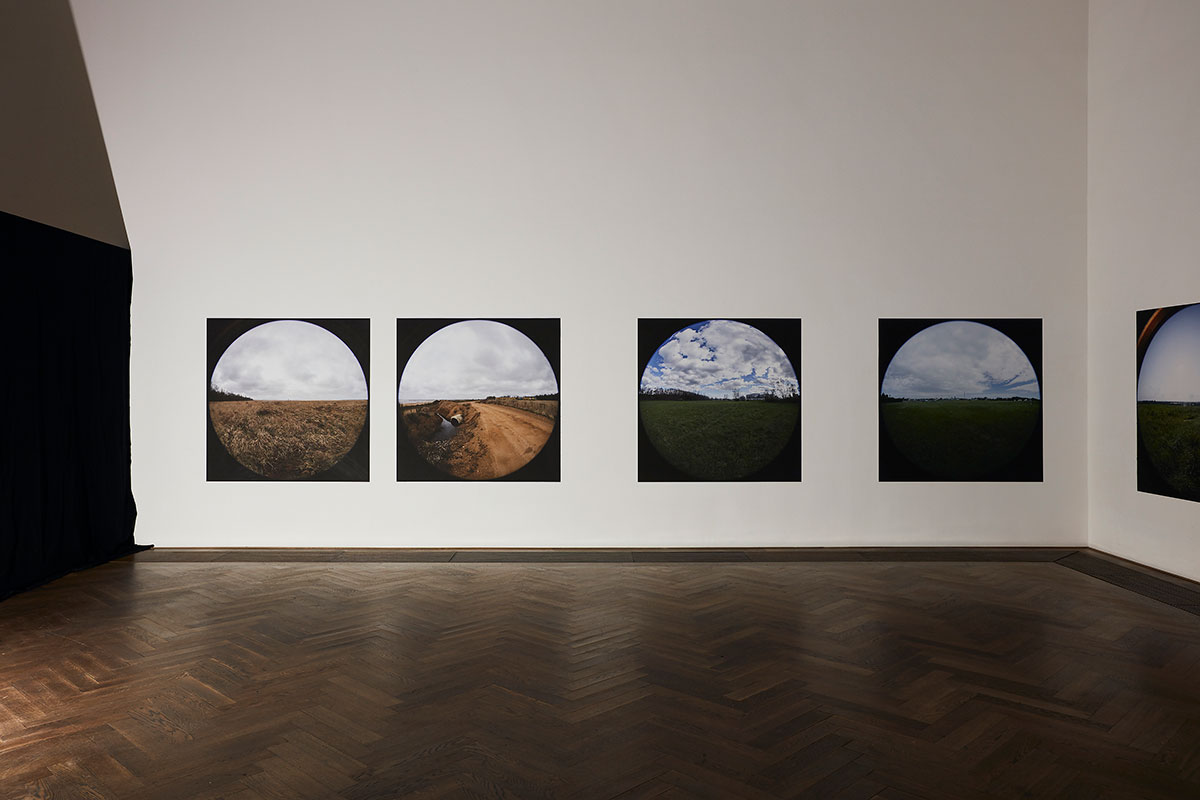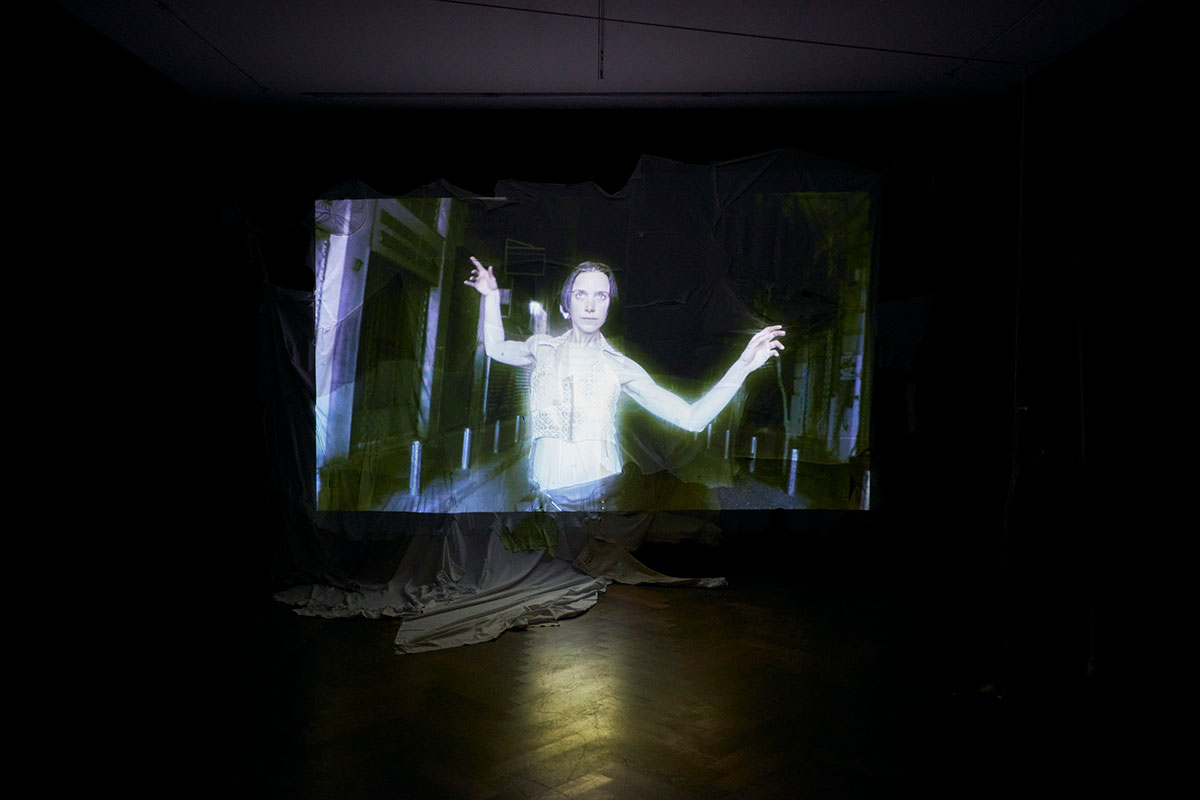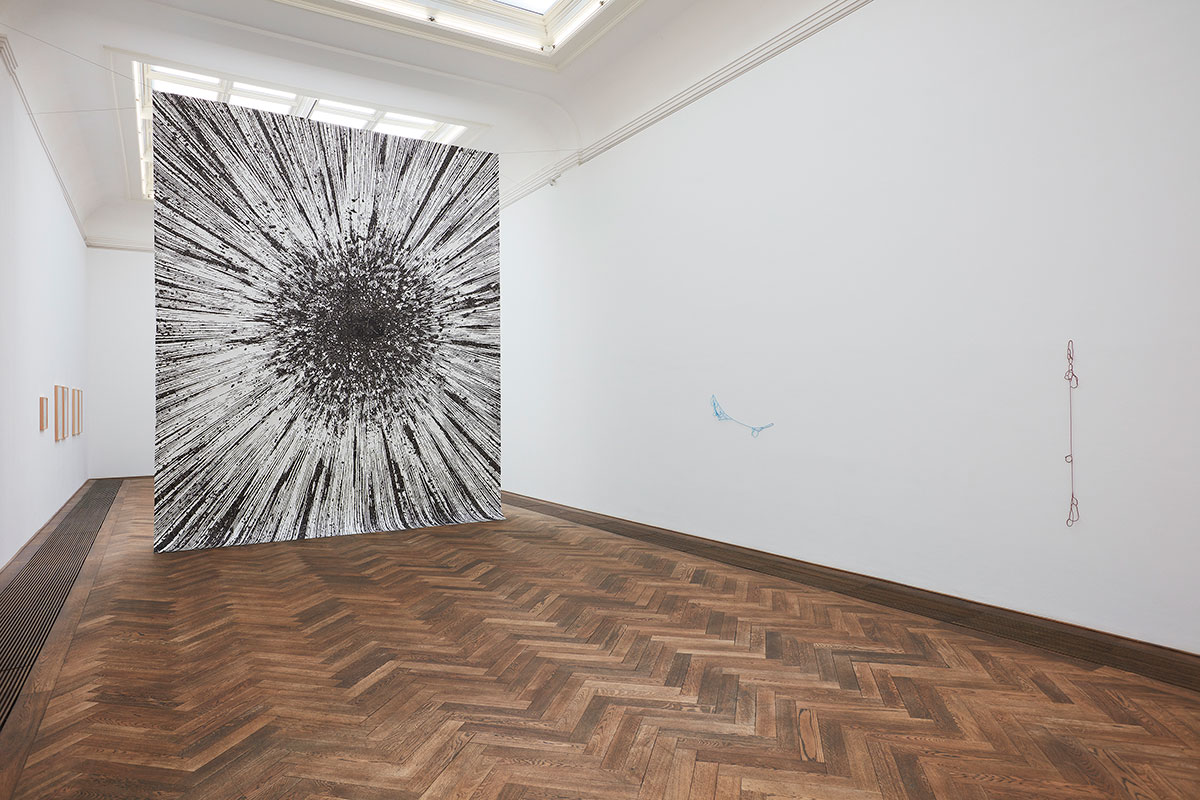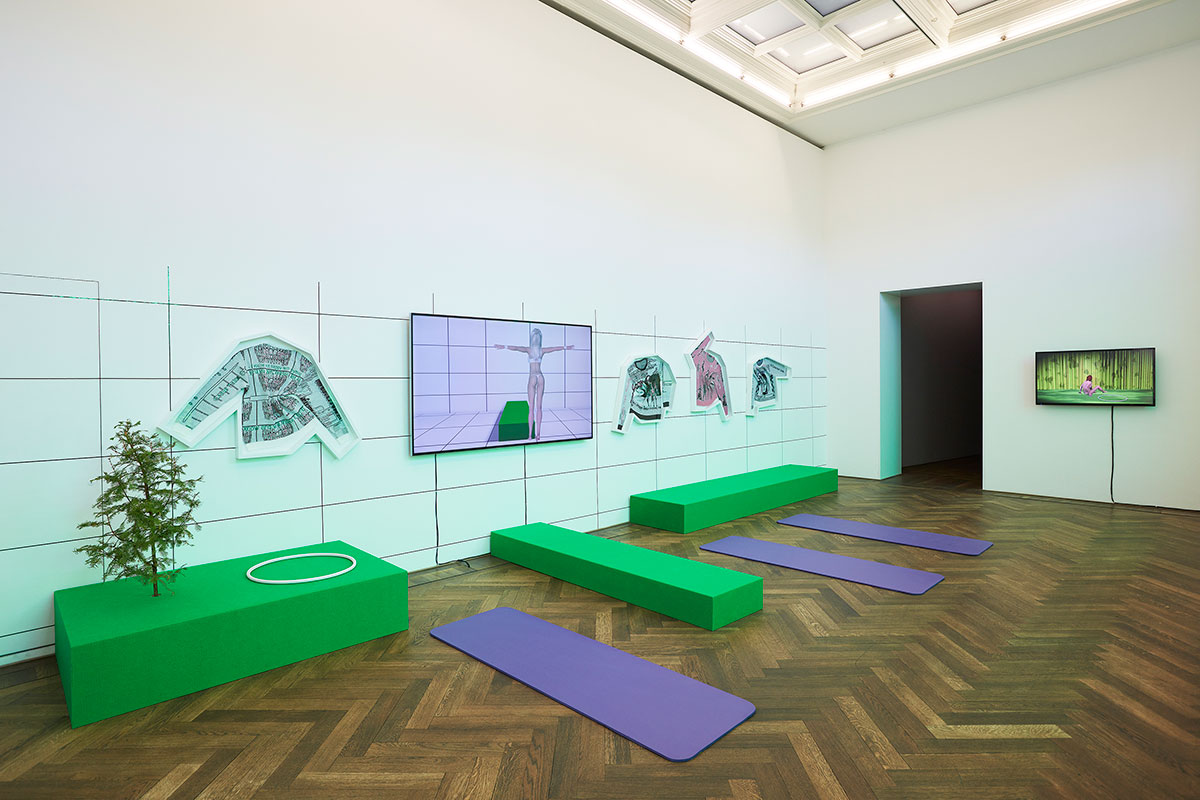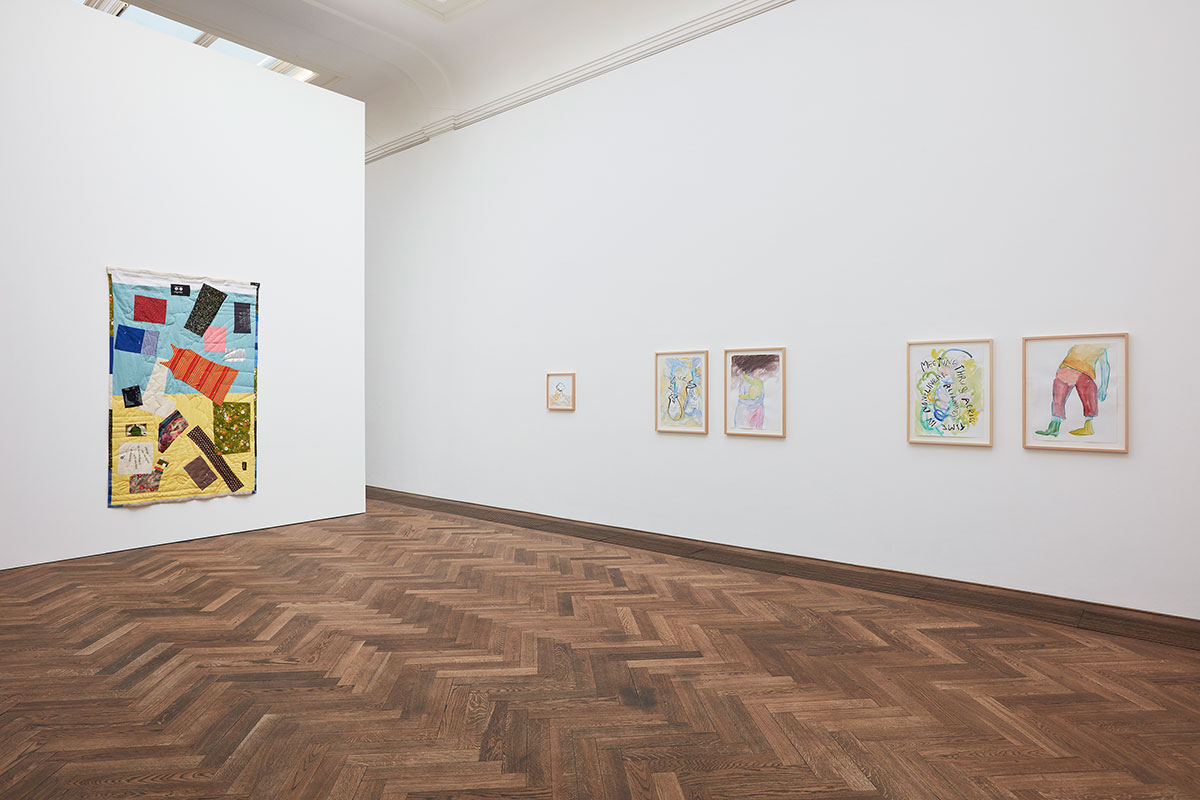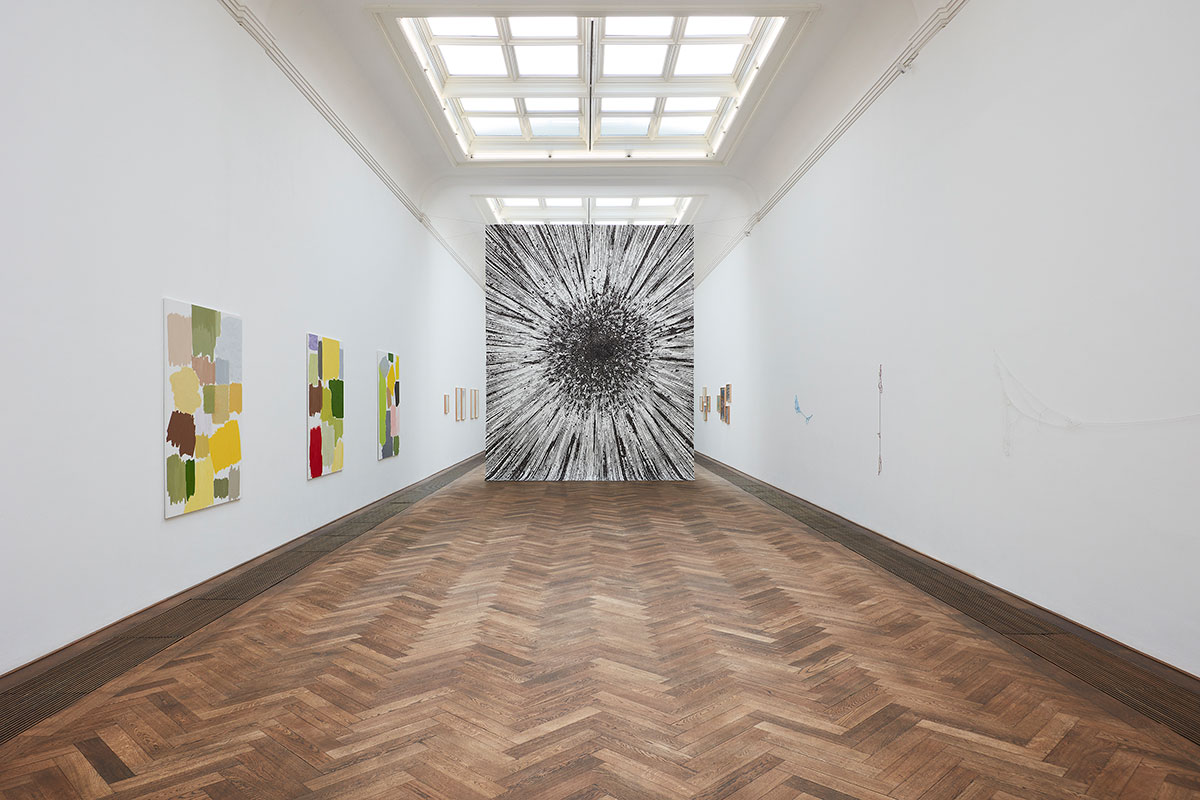ART CITIES:Basel-Picture a Vacuum!
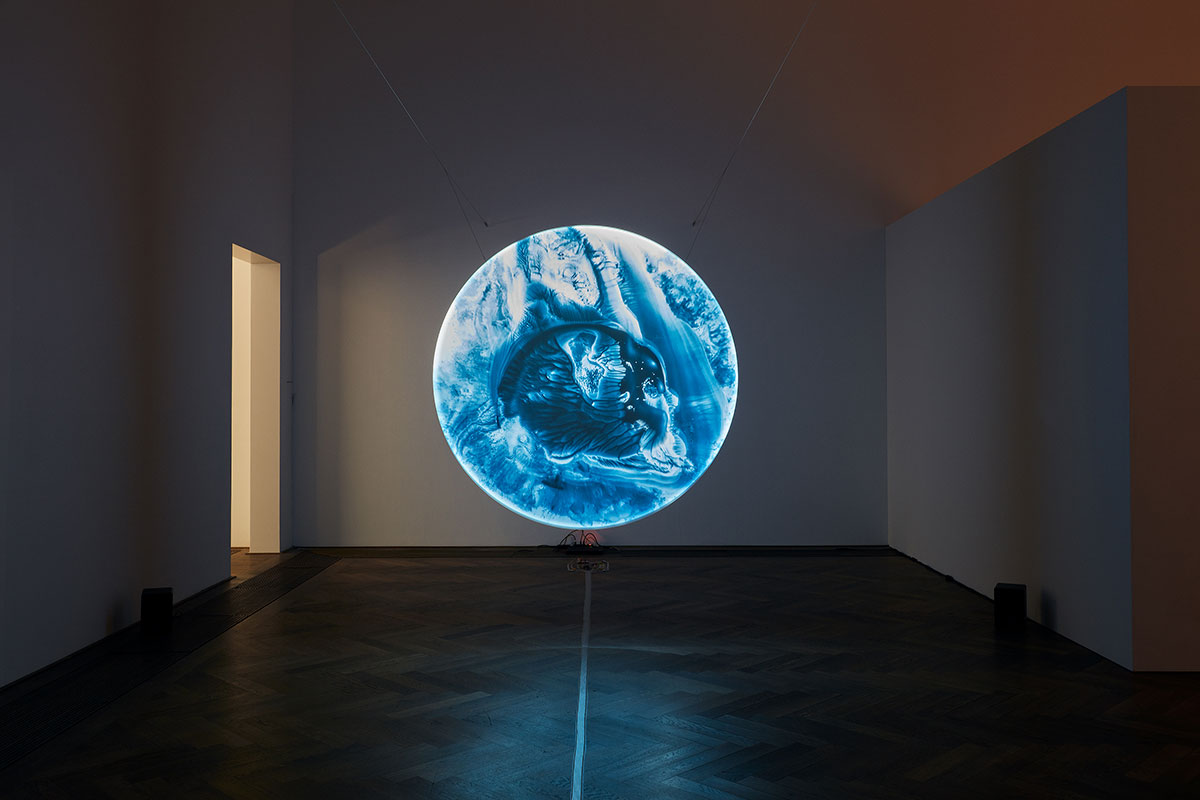 Titled “Picture a Vacuum!” the Kunstkredit Basel-Stadt Annual Exhibition 2021 reflects on the many different strategies that artists adopt to record or reconstruct vacuum-like states in the present. Eight positions will be on show, all of which the Kunstkredit Commission singled out for one of its 2020 grants. The works are about acoustic silence and resonance, landscapes and urban spaces devoid of humans, gaps in our own powers of perception, omissions in the historical record, and the lack of diversity in gender roles on the web. So unexpected and abundant are the approaches showcased here that suction becomes productive.
Titled “Picture a Vacuum!” the Kunstkredit Basel-Stadt Annual Exhibition 2021 reflects on the many different strategies that artists adopt to record or reconstruct vacuum-like states in the present. Eight positions will be on show, all of which the Kunstkredit Commission singled out for one of its 2020 grants. The works are about acoustic silence and resonance, landscapes and urban spaces devoid of humans, gaps in our own powers of perception, omissions in the historical record, and the lack of diversity in gender roles on the web. So unexpected and abundant are the approaches showcased here that suction becomes productive.
By Efi Michalarou
Photo: Kunsthalle Basel Archive
Barbara Maria Meyer’s large-format paintings grow out of her recollection of the sensory impressions gathered when exploring landscapes on foot. Her interest is in the clarity of nature’s colors and light, the roaming gaze, and the rhythmic in-terplay of single trees and bushes with fields and whole swaths of land. Working fast and without any concrete sketches, she commits her memories to canvas in the studio. The vertical formats, gestural application of paint, and carefully chosen palette together make for a whole repertoire of playful engagements with composition, color interactions, and white space. Although Meyer remains radically detached from her motifs, her series of carefully framed images gives us a powerful impression of light, the seasons, and her own sentiments.
Furter developed Franziska Furter’s monumental India ink drawing to fit the dimensions of the exhibition space. Her inspiration was the way explosions are depicted in manga and superhero comics. Whereas the drawing itself is stridently graphic, the watercolors lend it a fleeting, nebulous quality; the dynamic of the explosion seems almost to have been reversed so that it looks more like an implosion or a freeze-frame in between. “Atoms of Delight”, a fine web of glass beads strung on nylon carries the image deeper into space. Its many branches, tangles, knots, loops, and loose ends can be read as a visualization of the cognitive process underlying the work, the material manifestation of which might be the long and arduous task of threading the beads.
Chantal Küng’s sensitive, tongue-in-cheek drawings turn on corporeality, identity, and motherhood, and on ques-tions of how knowledge arises and how it can be internalized and passed on. Her reflections on artistic forms of communication and production also informed an intriguing work of textile art: Küng asked her friends to give her a scrap of fabric that for them has special personal meaning. She then spent many long hours of the lockdown sewing these remnants together to form a quilt, thus “weaving” together multiple stories. Her work also references quilting as a craft that has an important social function. The focus is less on the finished object than on the artist’s attempt to overcome physical dis-tance and to continue collaborating with others, while at the same time opening up an experiential space for visitors’ own narratives.
Katrin Niedermeier’s installation transforms the exhibition space into a hybrid exper-imental space between fitness center and showroom. The different elements and media reference the interpenetration of the physical and virtual world and enable us to experience their reciprocity. Niedermeier invites visitors to follow the instructions of animated digital instructors and to copy their poses on their yoga mats. The instructors are female avatars furnished with generic, in most cases stereotypical, sets of movements, and are available for purchase on the inter-net. The grid on the wall relates to the conventions of digital representations of space; the knitted sweater motifs rest on the visual worlds and metadata of the avatars and were designed with the aid of consumer-friendly, automated online software before being forced into a rigid pose by framing.
Manuel Scheiwiller’s experimental video work is a tracking shot that takes us through the deserted streets of Athens at night. The route is dictated by a vehicle with a driving beat followed by four people who by turns run, dance, and stagger along behind it. Their expressive movements contrast sharply with the emptiness of the streets rolling by, the shuttered display windows, and the scenes of urban life at a standstill. These impressions are further amplified by blurred motion shots, close-ups, and overdone coloration. The spontaneous, DIY-look scenes, all of which were shot during the lockdown with performers from the Greek capital, tell of a way of life caught between isolation and eruption, choreography and complete loss of control, vulnerability and self-empowerment.
In his photographs, Emanuel Rossetti explores the fringes of urban areas and landscapes modeled by humans. His panoramas leveled at the horizon tell of cities’ unraveling and of the flight into the countryside that was triggered by the lockdown. The photo- graphs on display are prints from an ex-tensive image archive in which Rossetti, adopting an extreme fish-eye perspective, focuses on streets, landscapes, and interiors in both Europe and North America. The enlarged prints seem to direct the gaze outward, but as if through a bulls-eye; the noises filtered into the exhibition space of the Kunsthalle from the street outside amplify the impression of immediacy. Additional staging with artificial light and a sluice-like curtain greatly enhance the drama of both sound and image. Floating in space is a circular disk with a video of a constantly changing, amor-phous fluid projected onto it. Ethereal sounds, gushing, and dripping acoustically reinforce the impression of weight-lessness.
The work grew out of Franziska Baumgartner’s experimental handling of everyday mate-rials. The moving image is of Ferrofluid, a metallic liquid used in loudspeakers and hard disks. The soundtrack is based on noises that Baumgartner produced with her own voice and then alienated with the aid of a randomizing algorithm. Visitors can actively impact the sound-track by changing their sitting position. Baumgartner’s combination of analogue and digital sound and image production and the involvement of her audience taps into the current discourse on digitalism, art production, and authorship.
Pável Aguilar, who originally trained as a classical musician, uses an ancient technique from his native Honduras to craft instruments out of seashells. The loudspeakers in his sound installation “FUGA” play back recordings of himself breathing and blowing through these instruments. The bodily intimacy and proximity of the sound evokes associations with wind and waves and makes the roar of the sea an almost palpable experience. Also close to Aguilar’s heart are the endangered coasts, oceans, and indigenous peoples of Honduras. Conch trumpets were widely used among the native peoples of America and still serve the Garifunas, an African-indigenous ethnic group on the Caribbean coast, as a musical instrument and means of communication today. The installation thus symbolizes the culture that in 1800 was driven off the island of St. Vincent and scattered to the four winds and its ancient spiritual ties to the sea.
Participating Artists: Pável Aguilar, Franziska Baumgartner, Franziska Furter, Chantal Küng, Barbara Maria Meyer, Katrin Niedermeier, Emanuel Rossetti and Manuel Scheiwiller
Photo: Installation view, Picture a Vacuum!, Kunstkredit Basel-Stadt, Kunsthalle Basel, 2021, view on Franziska Baumgartner, Tidal, 2021. Photo: Moritz Schermbach
Info: Curator: Eva-Maria Knüsel, Kunsthalle Basel, Steinenberg 7, Basel, Switzerland, Duration: 24/10-7/11/2021, Days & Hours: Tue-Wed & Fri 11:00-18:00, Thu 11:00-20:30, Sat/Sun11:00-17:00, www.kunsthallebasel.ch
